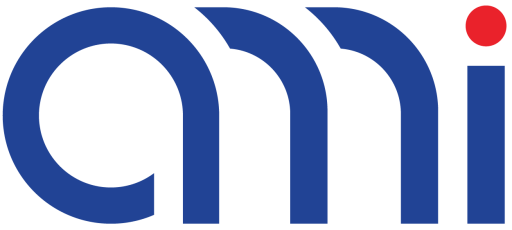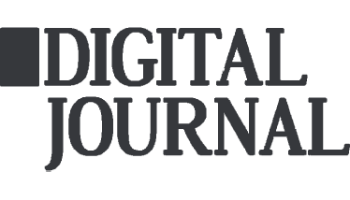Skills shortages continue to shape immigration opportunities in 2026. Priority lists favor technology, healthcare, engineering, and advanced manufacturing. Applicants should align titles, duties, and references to recognized occupational standards. Consistency with codes and descriptors strengthens eligibility. Experience letters must go beyond job titles. Officers look for duties, tools, and scope matching the claimed occupation. Include hours, salary, reporting lines, and measurable outcomes. Authentic, detailed references outperform generic HR statements. Credential assessments remain pivotal for regulated professions. Start early with recognized assessment bodies to avoid bottlenecks. Map degree majors and coursework to target requirements. Where gaps exist, plan bridging courses or exams. Language proficiency scores differentiate candidates at the margin. Aim above minimums to boost ranking and employability. Practice with official test formats and schedule retakes strategically. Keep results valid through anticipated decision dates. Networking with employers still opens doors despite points systems. Target roles aligned to your assessed occupation and language level. Tailor résumés to jurisdiction norms and include credential results. Job offers shorten timelines for many applicants.
Skilled Worker Pathways: Building Competitive Profiles


































